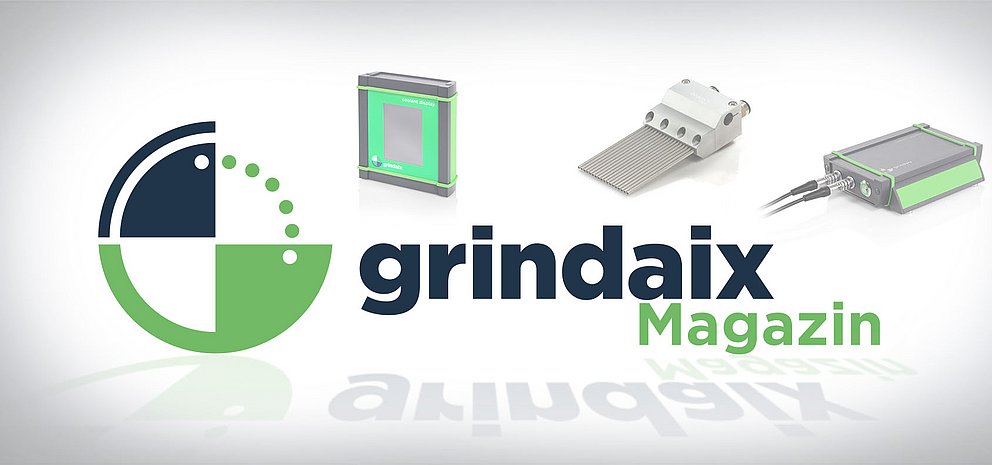Grinding parts
General information on the grinding process
“Grinding” refers to a production process in which superabrasives (cBN, corundum, SiC, diamond, etc.) in bonded form (grinding tools) shape various materials (component materials) by means of chip removal.
When does a part (workpiece) need to be ground?
Grinding is primarily used where there are stringent requirements with respect to the surface quality of parts (Rz, Ra, Rp0.2, Rmax). Due to the continuous increase in the performance of grinding tools, grinding is increasingly being drawn upon for achieving a high machining volume.
What are the problems and challenges of grinding?
The constantly increasing demands placed on part quality and the call for a reduction in cycle times present the grinding process with new challenges all the time. The increasing grinding performance resulting from this leads to greater mechanical and thermal wear on the grinding tools (e.g. grinding wheels) as well as to higher energy input into the rim zone of the part which, in the worst case, may result in thermal damage to the parts (workpieces) in the form of microcracks or grinding burn, for instance.
The result: High tool costs, brief dressing intervals, high scrap rates. This in turn leads to higher production costs, which often cannot be passed on to the customer. This production dilemma has existed for many years now, and the relevant industries always react by using tool materials that are less prone to wear as well as improved process control (cycle optimization).
Which factors influence the grinding process?
The number of influencing parameters for achieving a successful grinding process are numerous and often indeterminable: Inhomogeneities in tool quality, continually changing dressing conditions/geometries due to wear (overlap rates, effective widths, dressing infeeds, etc.), variances in process control (cutting speed, infeed, speed ratios, etc.), use of coolant lubricants (oils, emulsions, solutions), and above all the use of outdated coolant lubricant supply systems (pipe, tube, sheet metal nozzles). Incorrect parameters lead to problems during the grinding process.
What does Grindaix recommend?
Coolant lubricant supplyhas a decisive influence on the robust controllability and performance increase of grinding processes. Only precise knowledge and professional harmonization of coolant lubricant type, volume, supply pressure, nozzle position and type, jet direction, and exit speed can guarantee a modern and cost-efficient grinding process. Without the precise measurement and process-specific adjustability of these 7 concrete influencing parameters, a grinding process can only be determined by means of a lengthy empirical procedure or else carried out sporadically at its real performance limits.
You might also be interested in these articles from our magazine:
Frequent problems during grinding
Das Schleifen ist zwar ein weit verbreitetes Fertigungsverfahren, ist aber dennoch komplex und birgt an vielen Stellen das Risiko, Fehler zu begehen. Diese wirken sich in allen Fällen auf Effizienz und die Bauteilqualität aus.
grinding burn
Thermal edge zone damage due to microstructural changes - commonly known as grinding burn. We explain the material-technical background and give first approaches for the prevention of grinding burn.
lubricoolant supply
A grinding process has to be supplied with lubricoolant, that´s easy to understand. But what are the tasks of the coolant and exactly what are the challenges in the coolant lubricant supply?
lubricoolant filtration
The use of lubricoolants always requires the operation of a filtration system that meets the requirements, because the influence of the purity of the cooling lubricant is considerable. Therefore, we have collected what is important in the lubricoolant filtration.






